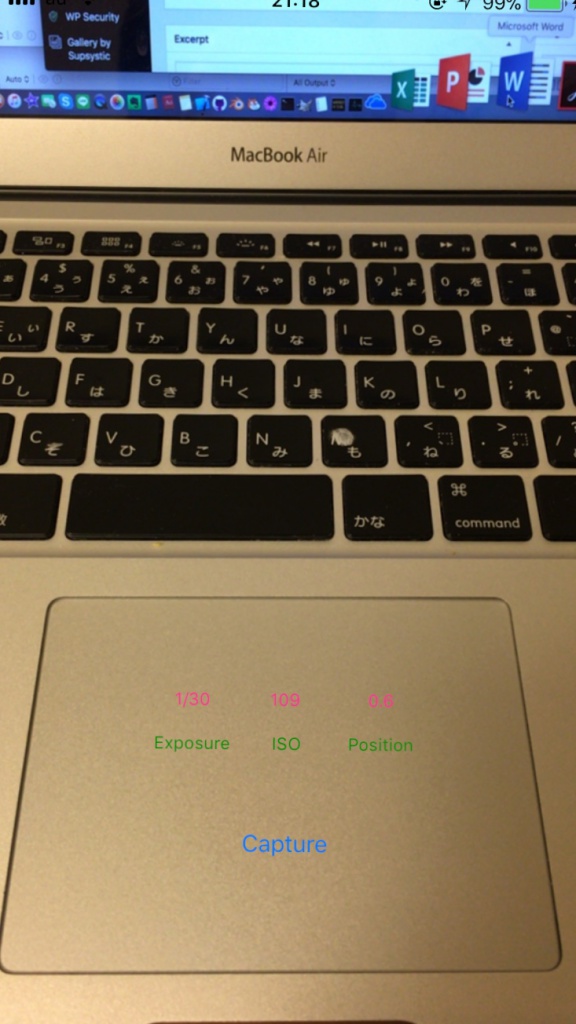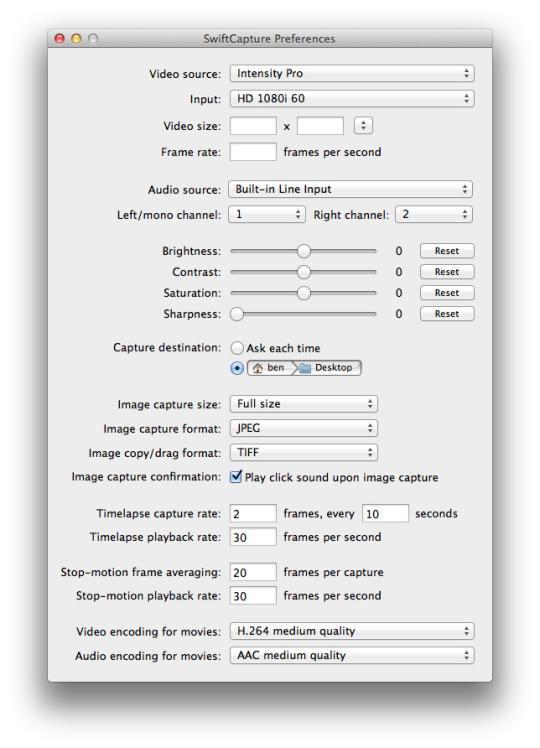

To completely uninstall SwiftCapture 1.0 from your Mac, you will need to clean up your trash. Step 7: Right click on the Trash icon and then select “Secure Empty Trash”. Step 6: Delete Caches Same as the previous two steps, you need to open the Cache folder under Library, and then trash the files of the specific application. Back to Library, open the folder named Application Support and then delete the application itself and those files related to the application or its developer. Under Library open Preferences folder, find out the files with the application’s name or its developer’s name, and then move all the target files to the Trash. Step 4: Locate and delete Preference files.

Enter “chflags nohidden ~/Library” into Terminal without the question marks and then press “Return” on your keyboard.Click Applications on the left-hand side bar in Finder, click Utilities, and then double click on Terminal to launch it. Open Finder, and navigate to Applications - Utilities – Terminal.Click on “View” on the menu bar, and then select “Show View Options” or press “J” on your keyboard, and then you will be directed to a new window, click “Show Library Folder”.ĭownload Advanced Mac Remover OS X Mavericks and Older versions:.Launch Finder and navigate to the home folder, and then successively click Macintosh HD - Users – Username.If you are using the OS X Yosemite, you can follow the instructions as bellow to unhide the user library folder.What you need to so first is to unhide the user library folder. Still, if you can’t find the Library option, you may have hidden the user library folder. If you can’t directly find Library on the list, you can press down and hold on the Option key, click on Go and then select Library Step 3: Open Finder click on Go menu and select Library on the drop-down list. Step 2: Remove the executive file by dragging the icon to the Trash Click on the icon, click “Force Quit” and then confirm your operation in the following pop-up window. Press Command + Option + Escape keys on your keyboard to switch on the Activity Monitor. Or alternatively, you can fore quit the process of SwiftCapture 1.0. Navigate to the Activity Monitor, change the filter into “All Process”, click on the SwiftCapture 1.0 if it is active, and then click “Quit Process”. Step 1: Quit the process of the application. Here is how you can thoroughly uninstall SwiftCapture 1.0 with a manual method. To ensure a successful and complete uninstallation, you need to do more detective work to locate and erase the bundles and associated files, including the support files, preference files and cache files.

Without this, keyDown() is fired even if another view/window contains the first responder.How to correctly uninstall SwiftCapture 1.0 manuallyĭid you ever run into difficulty when you are trying to uninstall SwiftCapture 1.0? The application removal on Mac can be troublesome if you are not sure how to do and how can you perform a complete uninstallation. do what you want to do at "Escape" return true default:Īnd here we are: no Purr / Funk sound when key is pressed. What I have done: class ViewController : NSViewController I would like to capture keyevents in my little app.


 0 kommentar(er)
0 kommentar(er)
